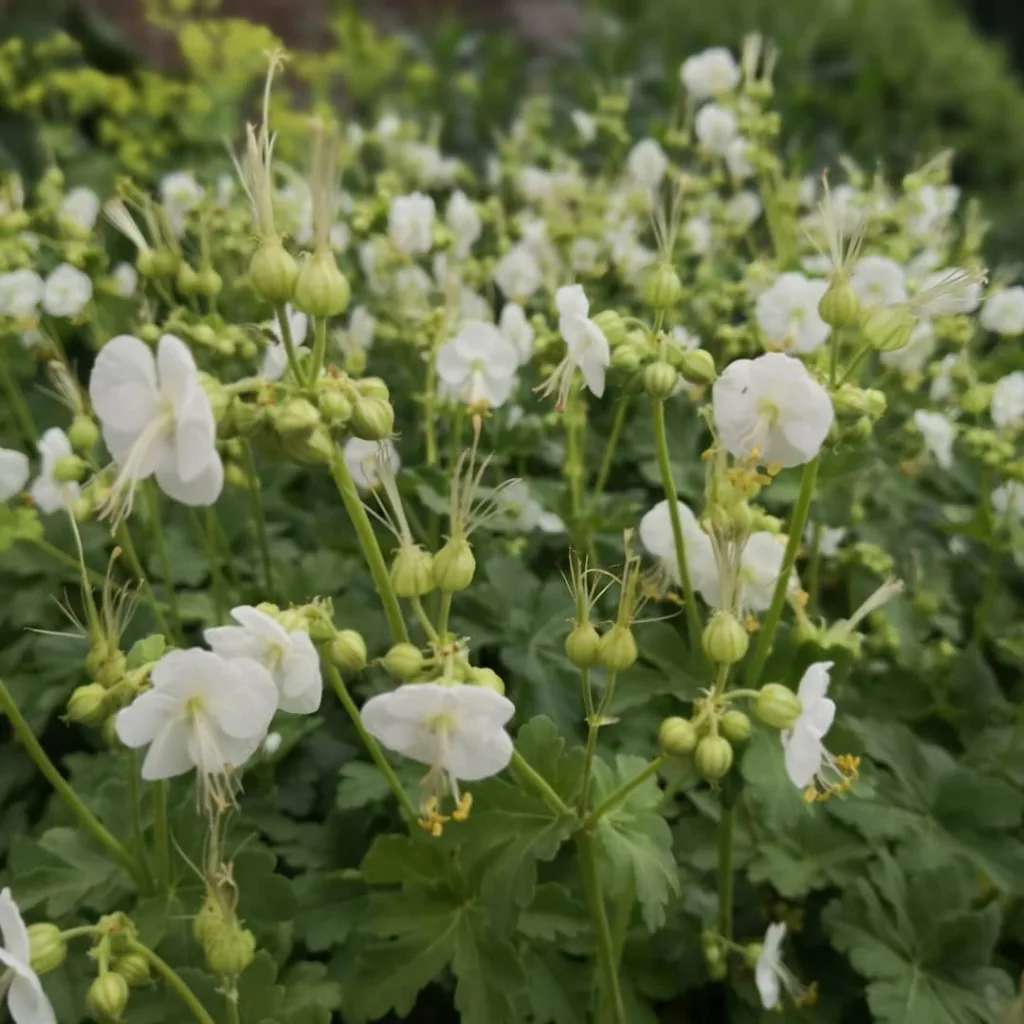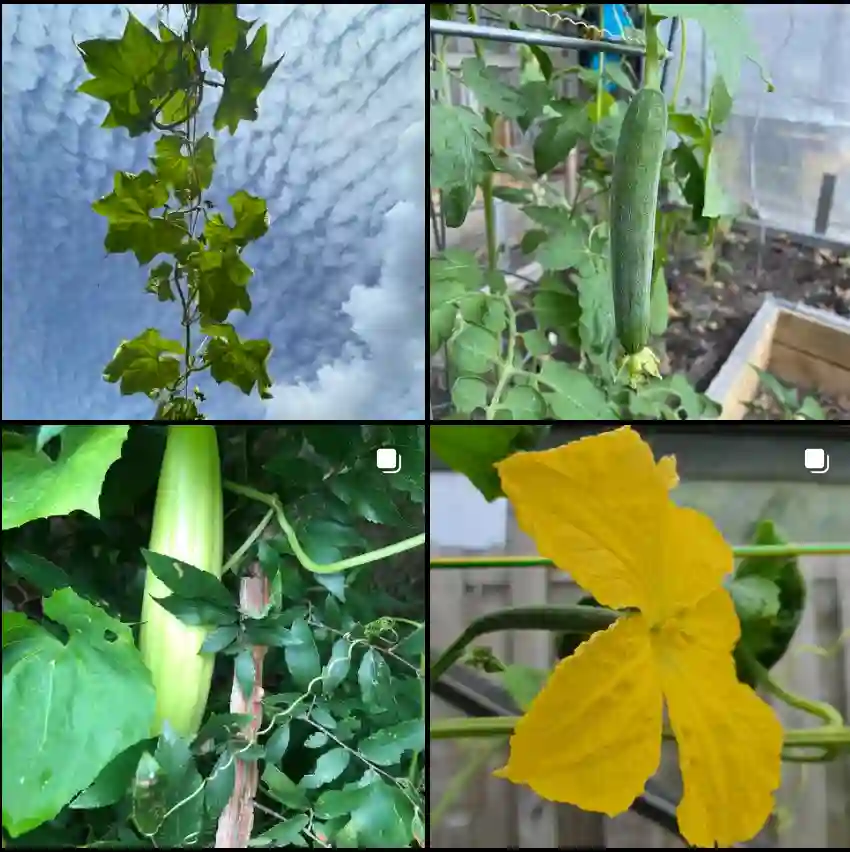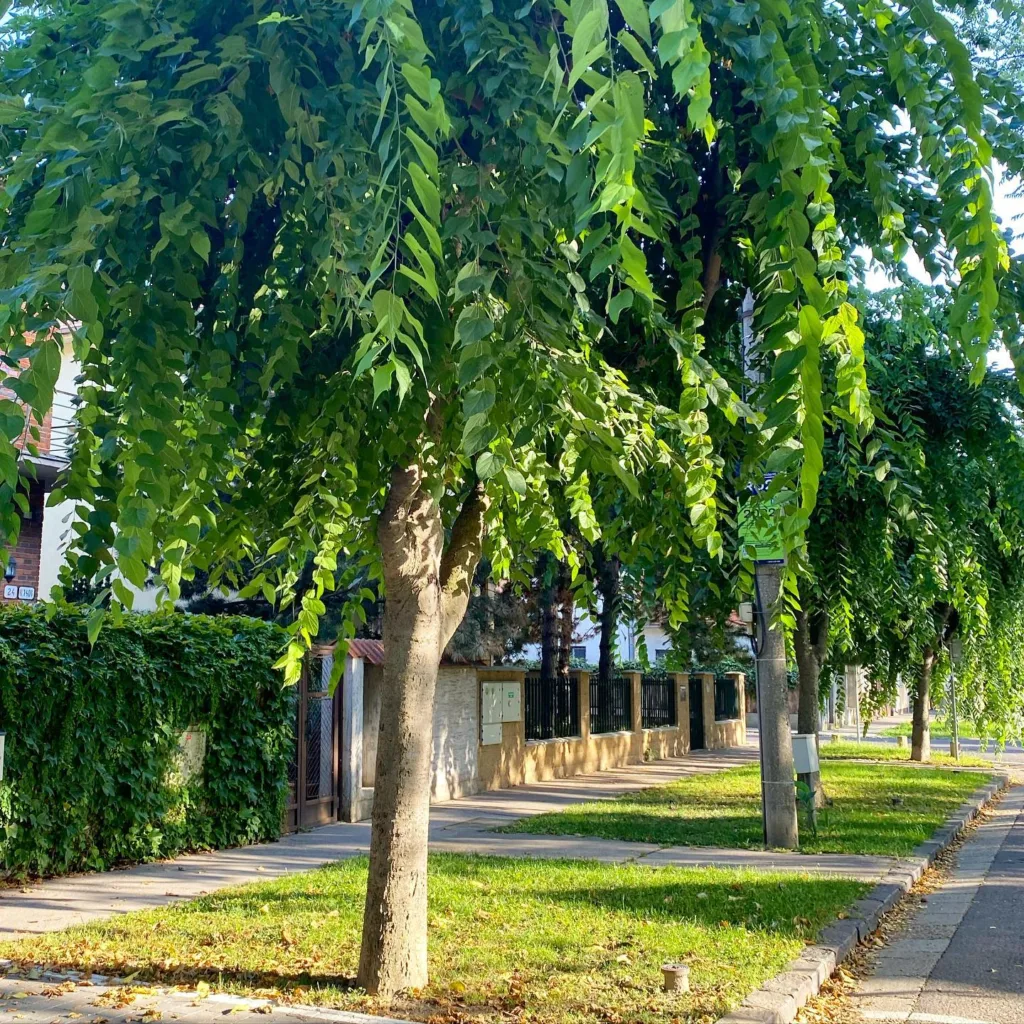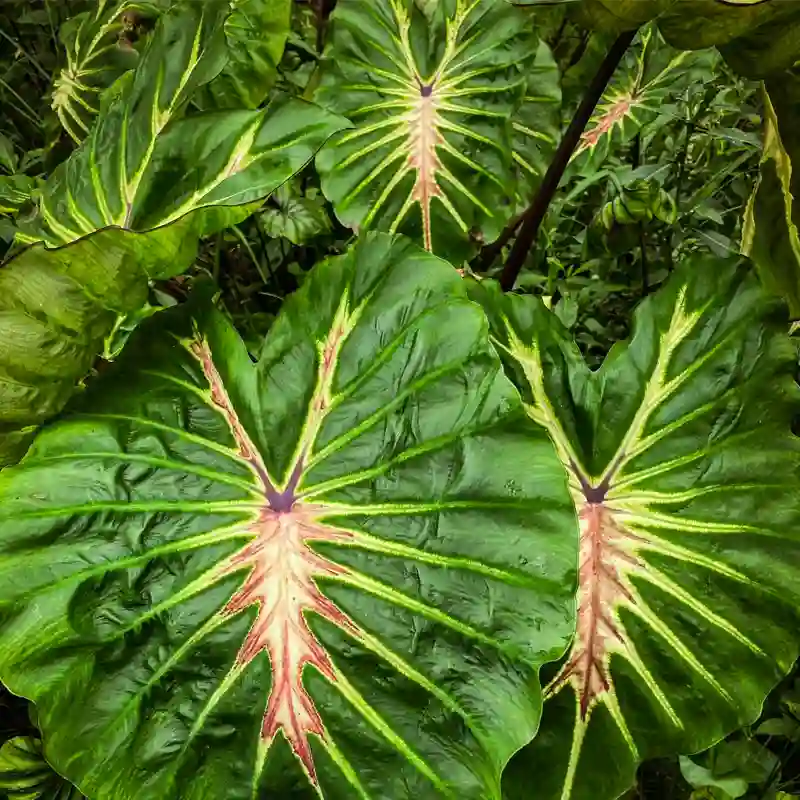What is Arctostaphylos Pajaroensis?
Arctostaphylos Pajaroensis, commonly known as Pajaro Manzanita, is a captivating evergreen shrub native to California. It belongs to the Ericaceae family, which includes other notable plants like rhododendrons and blueberries. This species is particularly cherished for its striking bark, vibrant green foliage, and clusters of delicate white or pink flowers. Its common name derives from the Pajaro Valley in California, reflecting its local significance.
78 Species in Genus Arctostaphylos
How to Care for Arctostaphylos Pajaroensis?
Caring for Arctostaphylos Pajaroensis involves understanding its specific needs. Here are some key care tips:
- Soil: Pajaro Manzanita thrives in well-drained, sandy, or rocky soils. It prefers slightly acidic to neutral pH. Avoid heavy clay or poorly-drained soils, as these can lead to root rot.
- Watering: This plant is drought-tolerant once established. Water it deeply but infrequently, allowing the soil to dry out between waterings. Overwatering can be detrimental.
- Sunlight: It loves full sun. Ensure it gets at least 6-8 hours of direct sunlight daily.
- Temperature: It is well-suited to the mild climate of coastal California but can tolerate some frost. In colder areas, consider providing winter protection.
- Pruning: Minimal pruning is needed. Remove dead or diseased branches as necessary to maintain its shape and health.
How to Propagate Arctostaphylos Pajaroensis?
Propagating Arctostaphylos Pajaroensis can be a rewarding experience. Here’s how I’ve done it successfully:
- From Seeds: Collect seeds from mature plants and sow them in a well-draining seed mix. Stratify seeds by refrigerating them for 30 days before sowing to improve germination rates. Keep the soil consistently moist until germination.
- From Cuttings: Take semi-hardwood cuttings in late summer. Dip the cuttings in rooting hormone and plant them in a mix of sand and peat. Keep the cuttings in a humid environment until they develop roots, which can take several weeks.
What to Plant With Arctostaphylos Pajaroensis?
Pairing Pajaro Manzanita with complementary plants can enhance its beauty and create a cohesive garden design. Here are some suggestions based on my experience:
- California Lilac (Ceanothus spp.): The blue or purple flowers of California Lilac contrast beautifully with the white or pink flowers of Pajaro Manzanita.
- Manzanita Varieties (Arctostaphylos spp.): Mixing different Manzanita species can create a diverse and visually interesting landscape.
- Sage (Salvia spp.): The silvery foliage and vibrant blooms of sage plants complement the greenery of Pajaro Manzanita.
- Penstemon (Penstemon spp.): These provide a splash of color that contrasts nicely with the evergreen Manzanita.
Is Arctostaphylos Pajaroensis Toxic?
Arctostaphylos Pajaroensis is not known to be toxic to humans or pets. However, like many plants, it’s always best to avoid ingestion. While the plant is generally safe, keeping it out of reach of young children and pets is a good practice.
Benefits of Arctostaphylos Pajaroensis
In my experience, Arctostaphylos Pajaroensis offers several benefits:
- Low Maintenance: Once established, it requires minimal care and is drought-tolerant, making it ideal for low-water gardens.
- Erosion Control: Its extensive root system helps stabilize soil, making it useful for erosion control on slopes.
- Wildlife Habitat: The plant provides habitat and food for various birds and insects, contributing to biodiversity.
- Aesthetic Appeal: Its unique bark and attractive flowers enhance garden aesthetics, particularly in Mediterranean-style landscapes.
Common Problems with Arctostaphylos Pajaroensis
While generally hardy, Pajaro Manzanita can face some issues:
- Root Rot: Overwatering or poorly-drained soil can lead to root rot. Ensure good drainage and avoid waterlogging.
- Pests: Although not highly susceptible, keep an eye out for common pests like aphids or spider mites. Regular inspection can help catch issues early.
- Diseases: Fungal diseases may occasionally affect the plant. If you notice unusual spots or mildew, treat with appropriate fungicides.
How Does Arctostaphylos Pajaroensis Compare to Other Manzanitas?
Comparing Pajaro Manzanita with other Manzanita species, such as Arctostaphylos Glendale or Arctostaphylos Hookeri, highlights some differences:
- Arctostaphylos Glendale: This variety tends to have a more compact form and smaller leaves compared to Pajaro Manzanita. It’s also known for its bright pink flowers.
- Arctostaphylos Hookeri: Known for its larger size and broader leaves, Hookeri has a more spreading growth habit compared to the more upright Pajaro Manzanita.
In conclusion, Arctostaphylos Pajaroensis is a versatile and attractive plant that can add significant value to a garden. Its low maintenance needs and striking appearance make it a popular choice for many gardeners. Understanding its care requirements and benefits can help ensure it thrives and remains a standout feature in your garden.
If i die, water my plants!



